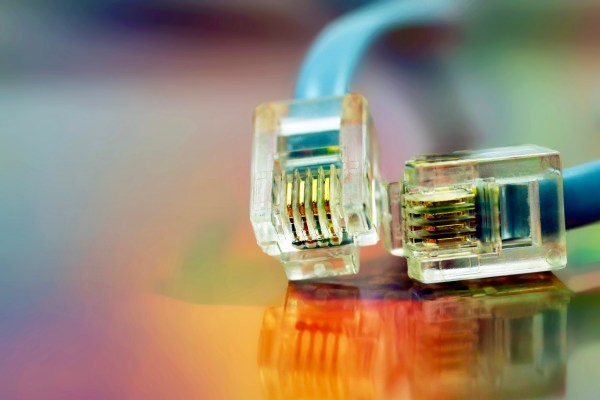The finish line is within sight. “Internet for All,” as the Biden administration put it, will soon be a reality if America keeps its priorities straight.
During his State of the Union address, President Joe Biden set a high bar, “We’re going to buy American,” as the U.S. spends billions of dollars on new broadband connections. This is a smart strategy to create American jobs and boost the U.S. economy, but our leaders must not sacrifice speed in the race to close the digital divide in cases where “Buy American” isn’t yet a realistic option.
Strengthened during the pandemic when all finally understood that broadband is a necessity, bipartisan cooperation brought America a once-in-a-generation opportunity to achieve universal connectivity. To date, more than $90 billion has been earmarked by Congress and the administration to finish the private sector’s work of connecting every home in America with broadband internet service.
During this sprint toward “Internet for All,” America’s leaders should avoid creating hurdles that will delay progress.
Under the $42.45 billion Broadband Equity, Access, and Deployment (BEAD) Program, for example, every participating state — as well as Puerto Rico and the District of Columbia — will receive a minimum of $100 million for internet infrastructure, with more to be doled out based on each state’s proportional number of unserved locations. Cartesian estimates that fiber providers will contribute another $22 billion in funds for $64 billion in total, which is “sufficient to achieve the program’s availability goal” of making broadband service “available to all eligible locations.” That’s a first.
The Infrastructure Investment and Jobs Act (IIJA), signed into law by President Biden on November 15, 2021, also included $14.2 billion for the Affordable Connectivity Program, which has helped over 17 million American families pay for a home broadband connection that they otherwise would struggle to afford. What’s more, the bill set aside $2.75 billion for Digital Equity programs; $2 billion for the Tribal Broadband Connectivity Program; $2 billion for the Rural Utilities Service Distance Learning, Telemedicine and Broadband Program; and $1 billion for a new Middle Mile grant program. This truly is broadband’s moment in the sun.
During this sprint toward “Internet for All,” America’s leaders should avoid creating hurdles that will delay progress. Every American deserves to have the chance to “attend class, start a small business, visit with their doctor, and participate in the modern economy.”
The Build America Buy America Act, which was enacted as part of the IIJA, requires infrastructure projects (including internet infrastructure funded by the BEAD Program) to use domestically sourced materials. But broadband networks are complex; they’re more than just fiber cables. Some essential pieces of the puzzle like certain electronic products aren’t currently manufactured in America and the components that make up those products are not available in the United States.
We should always do our best to honor President Biden’s goal to “Buy American,” but not at the expense of leaving Americans offline while they wait for every switch, router and radio to be made in the U.S. After all, the Government Accountability Office recently estimated that the BEAD Program alone could create 23,000 jobs for skilled telecommunications workers … just to build out the infrastructure. Spending will predominantly go toward U.S. paychecks and balance sheets, even if we need to rely on foreign manufacturers for a limited number of network components.
U.S. Secretary of Commerce Gina Raimondo recently announced that CommScope and Corning are investing nearly $550 million and creating hundreds of new jobs in America to build fiber optic cables. Although the Obama administration provided a blanket “Buy American” waiver for IT products in the American Recovery and Reinvestment Act of 2009 (ARRA), recognizing that the U.S. share of global computer and electronics output had dropped 8.2 percentage points between 1999 and 2009, the Biden administration is right to seek a solution that is balanced, maximizing U.S. production when possible while permitting select network components to be sourced from outside our borders when necessary.
There are so many good things happening to close the digital divide, including the Federal Communications Commission recently devoting $66 million to Affordable Broadband Outreach Grants. Let’s not lose that momentum. Let’s not sacrifice the great for the perfect.
It’s time for the Biden administration to guard against the unintended consequences of the “Buy American” ideal and keep its eye on the prize: Everyone in America — including communities of color, rural communities and older Americans — needs broadband now.
